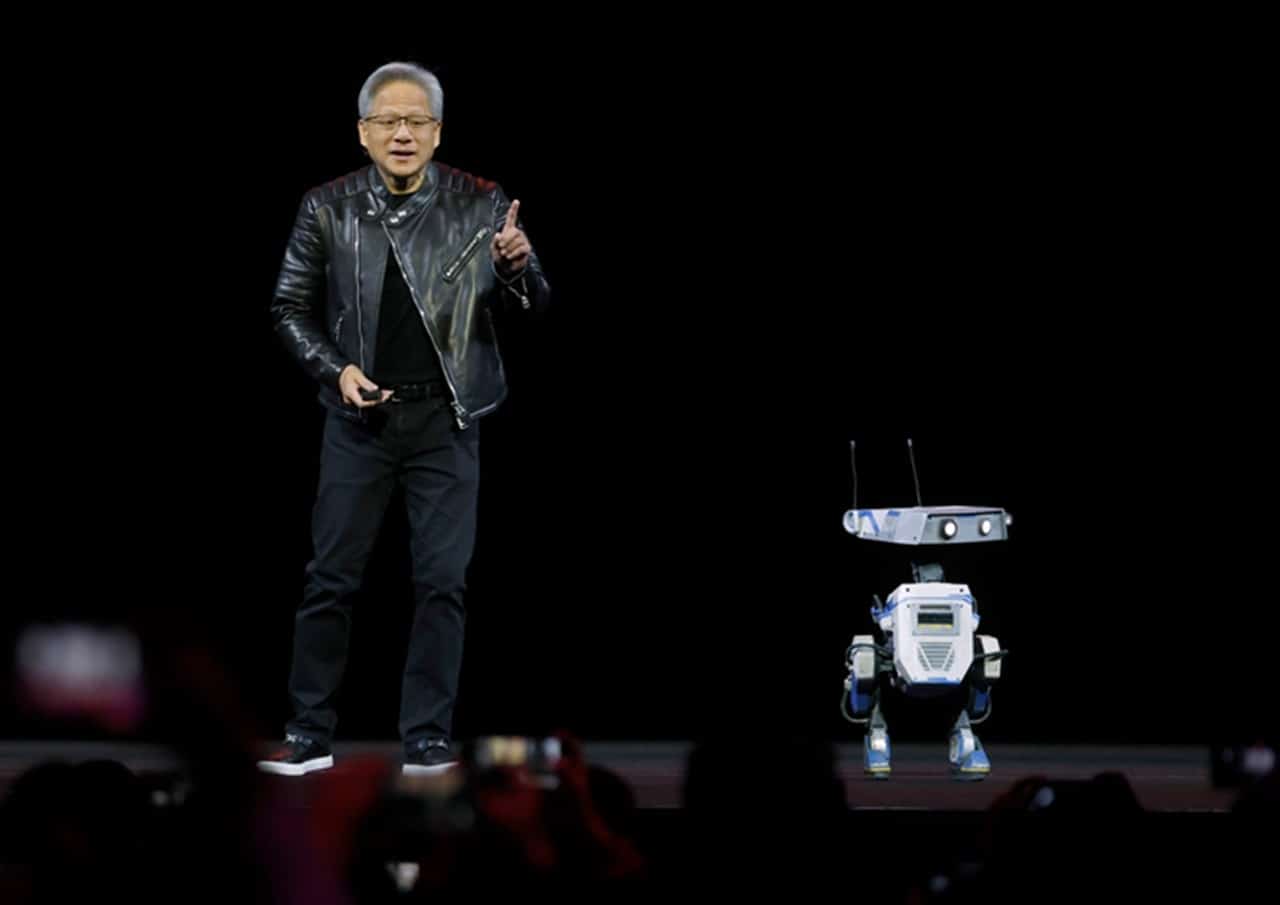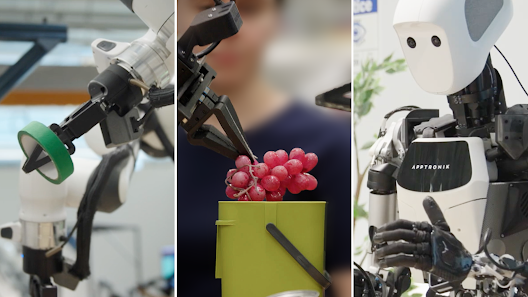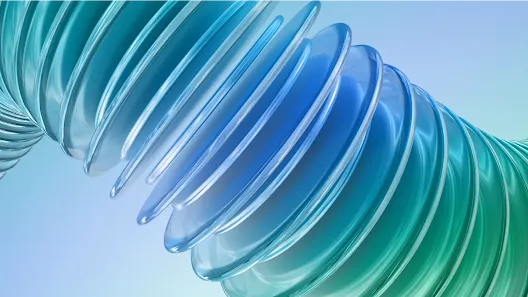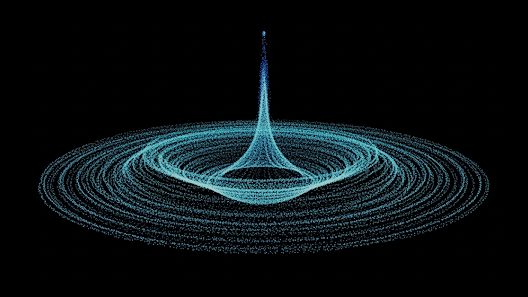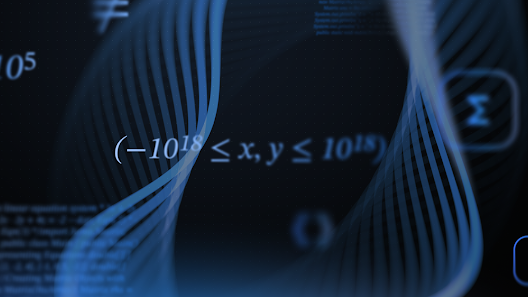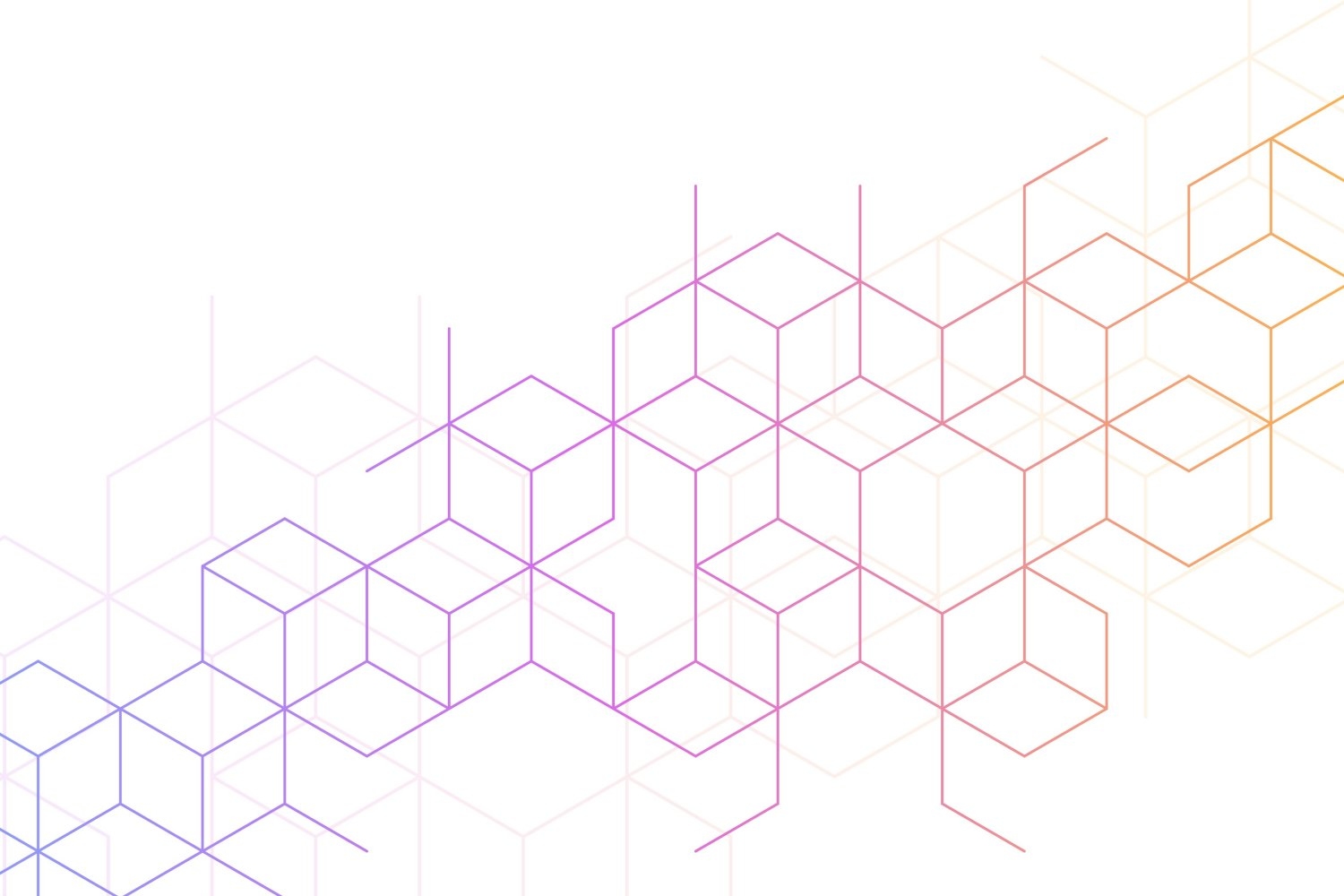Three tech giants—Nvidia, Google DeepMind, and Disney Research—have joined forces to revolutionize robotic development through a powerful new simulation platform called Newton.
Announced during Nvidia’s GTC 2025 keynote, CEO Jensen Huang introduced Newton, an open-source physics engine designed for real-time robotic simulation. Built on Nvidia’s Warp framework, Newton integrates seamlessly with simulation tools like Google DeepMind’s MuJoCo and Nvidia’s own Isaac Lab. This groundbreaking engine is expected to significantly accelerate the training and deployment of intelligent robots across industries.
Newton: A Leap Forward in Robotic Simulation
Newton is engineered to deliver high-precision simulations, enabling developers to train robotics systems with greater realism and accuracy. The collaboration also includes plans to enhance Newton with Disney’s proprietary physics engine, allowing for increased creativity and realism in robotic character design.
Disney Research, one of Newton’s first adopters, is leveraging the technology to advance its robotic character platform. According to Kyle Laughlin, SVP of Walt Disney Imagineering R&D, “The BDX droids are just the beginning.” Laughlin emphasized Disney’s vision to bring more lifelike characters to audiences in ways previously unimaginable, thanks to this multi-company partnership.
Groot N1: The World’s First Open Humanoid Robot Foundation Model
In another major reveal, Huang announced that Nvidia has open-sourced Groot N1, the world’s first foundation model specifically for humanoid robots. These customizable models are designed to empower developers globally, helping to address critical labor shortages by automating complex tasks across sectors.
“We’re building three layers of AI infrastructure: one for the cloud, one for the enterprise, and one for robotics,” Huang stated. He added that with the launch of Nvidia Isaac Groot N1, the age of generalist robotics has officially arrived.
Disney’s Vision: Robotic Characters That Connect
Disney’s participation in this initiative underscores the entertainment giant’s commitment to immersive storytelling through technology. The BDX droids, showcased during the GTC presentation, highlighted how Newton can be used to craft expressive, dynamic robotic characters that resonate with audiences.
“This collaboration will allow us to create a new generation of robotic characters that are more expressive and engaging than ever before,” said Laughlin. “We’re excited to connect with our guests in ways that only Disney can.”
Accelerating the Future of Robotics
The Newton engine and Groot N1 model represent a significant leap toward intelligent, adaptive robotics. This development aligns with Nvidia’s broader strategy to equip developers and enterprises with robust AI tools that streamline automation and unlock new possibilities in robotics.
For those interested in Nvidia’s broader AI ecosystem, including its recent quantum computing initiatives, check out our coverage on Nvidia’s Quantum Innovation Hub.
The collaboration between Nvidia, Google, and Disney marks a transformative moment in robotics, setting the foundation for smarter automation and more interactive machine experiences in the years ahead.

